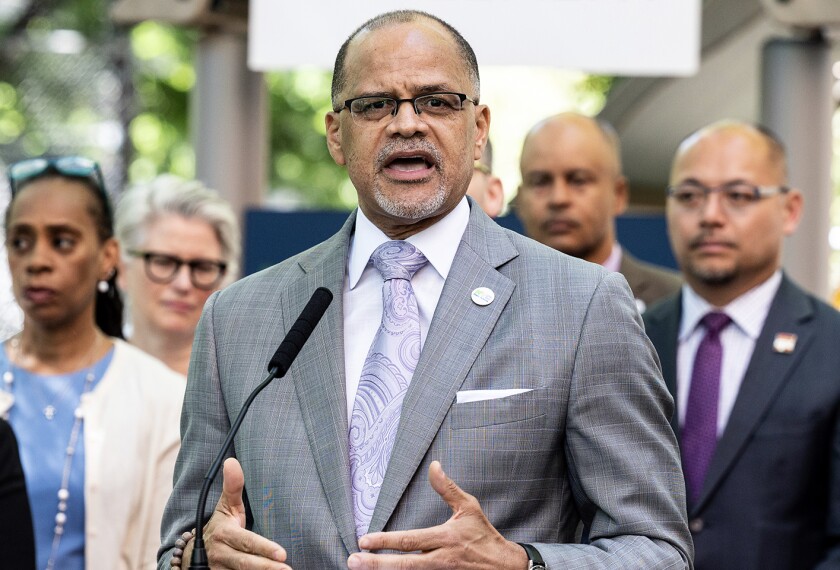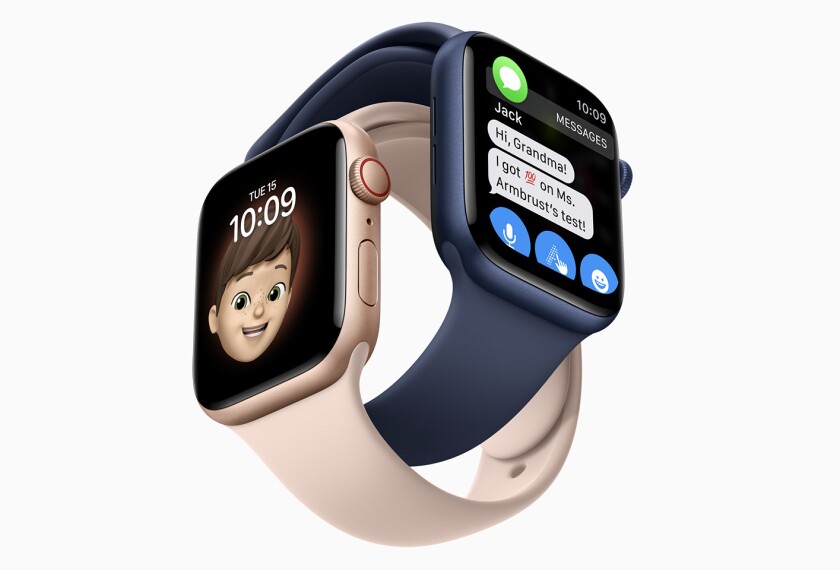While availability and affordability are often the focus of discussions around digital equity, new guidance from the U.S. Department of Education emphasizes the importance of addressing adoption barriers as well.
The report, Advancing Digital Equity for All, provides education leaders and policymakers at the state and local level with recommendations and strategies for removing barriers to availability, affordability, and adoption of broadband and connected devices.
Technology use in schools continues to increase, but millions of students are still without sufficient access to reliable, high-speed broadband and/or technology tools for learning. The coronavirus pandemic exacerbated this inequity as broadband and connected devices became must-haves for remote learning. This “homework gap” disproportionately impacts students in low-income households, students of color, and students in rural areas.
“Students without broadband access or only a cell phone have lower rates of homework completion, lower grade point averages … even lower college completion rates,” Education Secretary Miguel Cardona said in a statement. “There can be no equity without digital equity.”
In recent years, a lot of work has gone into closing the digital divide, in terms of making sure that the internet and connected devices are available and affordable for students and their families. For example, some recommendations in the guidance, such as distributing hotspots to students and educators or offering subsidies to families, are already in place in school communities across the country.
But an area that needs more attention is the adoption of those tools, according to the report. Adoption barriers include “the lack of information, support, and skills necessary to obtain regular, adequate access to reliable, high-speed broadband and technology tools.”
Someone could have broadband available in their area and be able to afford it, but if they don’t know how to use the device or how to sign up for a program, or if English isn’t their first language and there’s no one to offer support in the application process, those are huge barriers, said Zohal Shah, a senior policy research associate for Digital Promise and one of the experts who helped create the report.
“While leaders should certainly address availability and affordability challenges as they advance digital equity, they must simultaneously put forth solutions to overcome human-level adoption barriers that currently reinforce the digital divide,” according to the report.
Some of the suggested solutions to address adoption challenges include offering digital literacy programs for students, families, and educators; providing multilingual technical support; partnering with community-based organizations; and having regular conversations to solicit feedback and needs from the school community.
The report, released during the National Digital Equity Summit on Sept. 28, draws from conversations from the Digital Equity Education Roundtables initiative launched by the Education Department’s Office of Education Technology in the spring. Community-based organizations, as well as students and their families, had the opportunity to weigh in on the barriers they’re facing.
The initiative was fueled, in part, by the bipartisan Infrastructure, Investment, and Jobs Act , which President Joe Biden signed into law in November. The new law allocated $65 billion toward broadband connectivity, including $2.75 billion for digital equity and inclusion.
“The guidance document is a start,” said Merijke Coenraad, a senior learning experience designer for Digital Promise, who also helped create the report.
“The barriers and strategies that are discussed within the guidance document really represent the communities that we spoke to. But we were not able to, in our listening sessions, talk to everyone,” she said. “I personally would love to see the same conversations … happening in each community to learn the barriers and strategies that are going to work for them to reach digital equity.”







